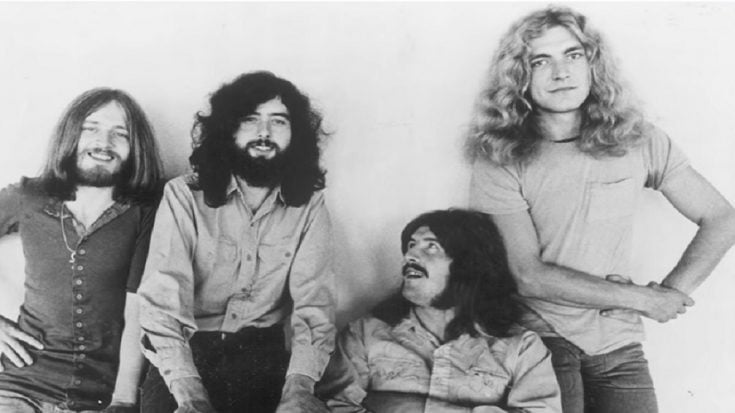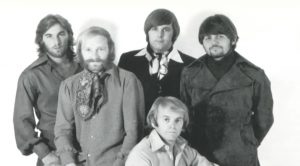The Real Meaning Behind Led Zeppelin’s Iconic Four Symbols

via The Howard Stern Show / YouTube
Apart from their iconic songs, Led Zeppelin was best associated with the controversial career they lived during their heyday. Many stories have surfaced over the years about their occult in rock music – ranging from cryptic lyrics in songs played backward to members of the band selling their souls to Satan himself.
Writing for Rolling Stone, Foo Fighters’ Dave Grohl found Led Zeppelin to be the “perfect combination of the most intense elements: passion and mystery and expertise.” For Robert Plant, titles and embellishments were nothing for the group, as they were only concerned with making music that is “concerned with diversity, self-satisfaction, creativity.” As long as the band is satisfied with what they’ve done, opinions from others do not matter.
On their fourth album, untitled originally, but was simply named by many as “Led Zeppelin IV,” the band made a point of not referencing themselves once. Critics at the time thought that any album with the band’s name on could sell millions of copies, notwithstanding the quality of the output. This decision was made for Jimmy Page and his bandmates to confirm that they were capable of selling records purely on merit and not with its publicity. In addition to the old man on the cover, the four symbols on the album’s sleeve jacket are riddled with mystery, making it one of the band’s most popular albums. Conspiracy theorists have argued back-and-forth with what’s the truth behind these enigmatic symbols. Fortunately, Jimmy Page explained it all in an interview with Trouser Press.
John Paul Jones
A variation of the triquetra, the emblem bassist John Paul Jones selected for the album sleeve appears to be Celtic in origin, which is understandable given its appearance. It is comprised of three intersecting arcs; the external points of the triquetra are surrounded by a circle in Jones’ symbol which is a symbol of God’s love. However, the symbol has been used by a variety of religious and political groups over the ages. Since it is used in so many cultures, it is nearly impossible to trace its origin.
John Bonham
Three interlocking rings comprised the symbol chosen by John Bonham. According to the “Book of Signs,” these rings, also known as Borromean rings, represent the trinity. Tree circles have long been interpreted as symbols of the human family: a man, a woman, and a child. While others believe that Bonham was drawn to the image because it resembles a drum kit from an aerial perspective.
Robert Plant
With a more straightforward design in mind, Robert Plant went with an upright feather with a bent tip in the center of a large circle. The symbol, which is the emblem of “Sacred symbols of the ancient Mu civilization” is said to be associated with the people of the lost continent Atlantis. Plant reportedly stated this in the book, “Led Zeppelin: In Their Own Words.” The feather is a nod to the fact that Plant penned the majority of the lyrics for the band’s songs, so it’s only fitting that he would use it as a symbol.
Jimmy Page
Jimmy Page chose the first icon on the album sleeve, which is still a mystery to this day. While a bar runs through the letters “oSo” and then another bar stretches out from the bottom of what most people believe to be a “Z;” it’s a mashup of two different words, which formed “Zoso.” Fans have discovered a relation to the symbol in the book “Ars Magica Arteficii,” by J. Cardan; Page’s symbol actually represents the planet Saturn, which made sense since the guitarist’s astrological sign is a Capricorn. However, Page was pretty disappointed with the fans’ take on the symbols but didn’t elaborate further on its true meaning.












